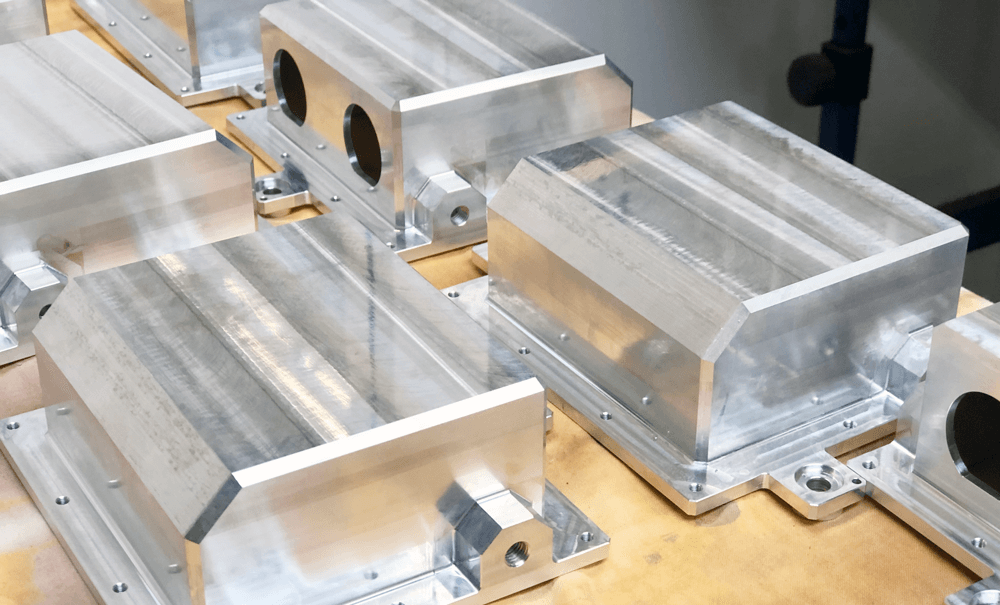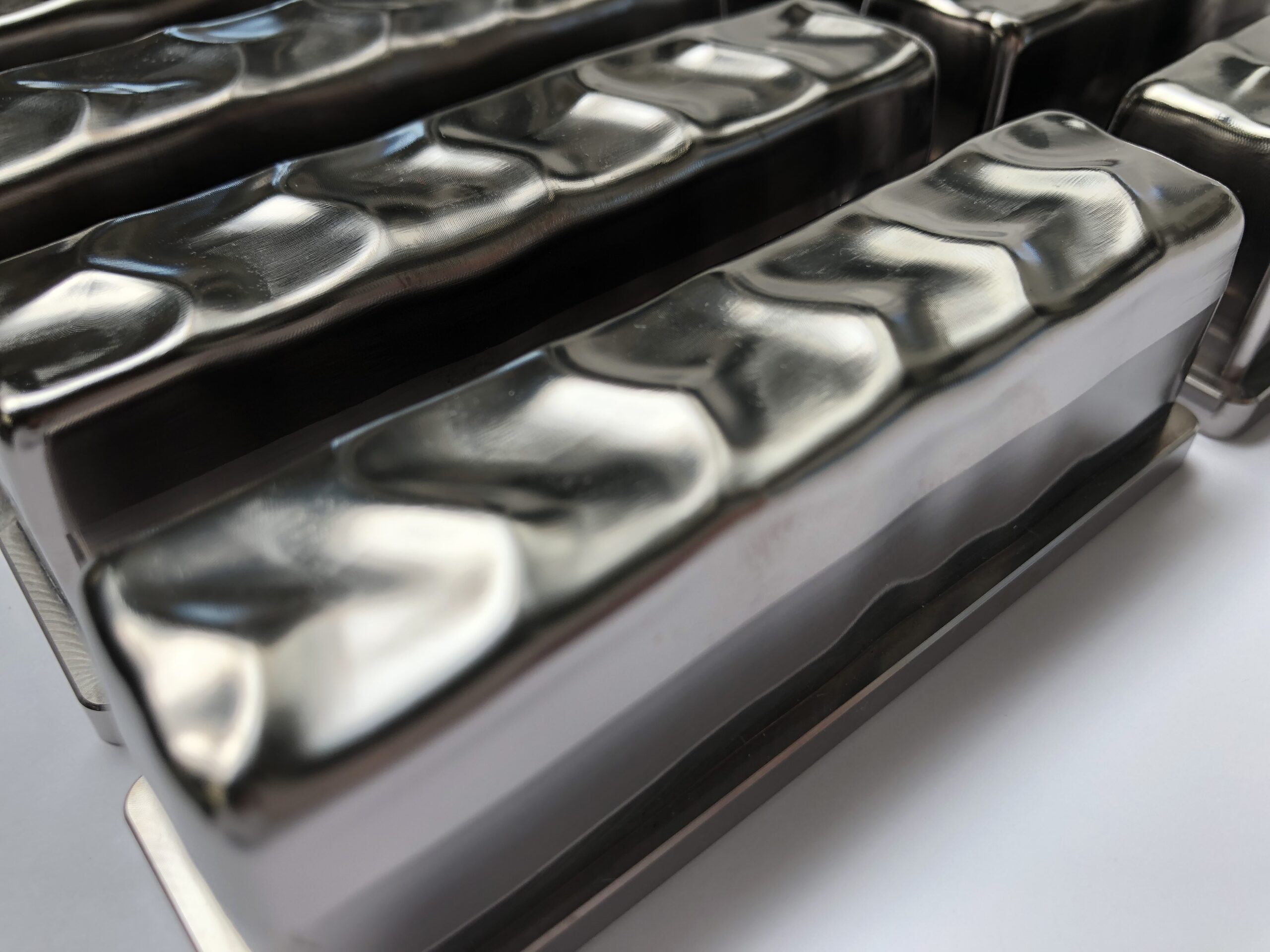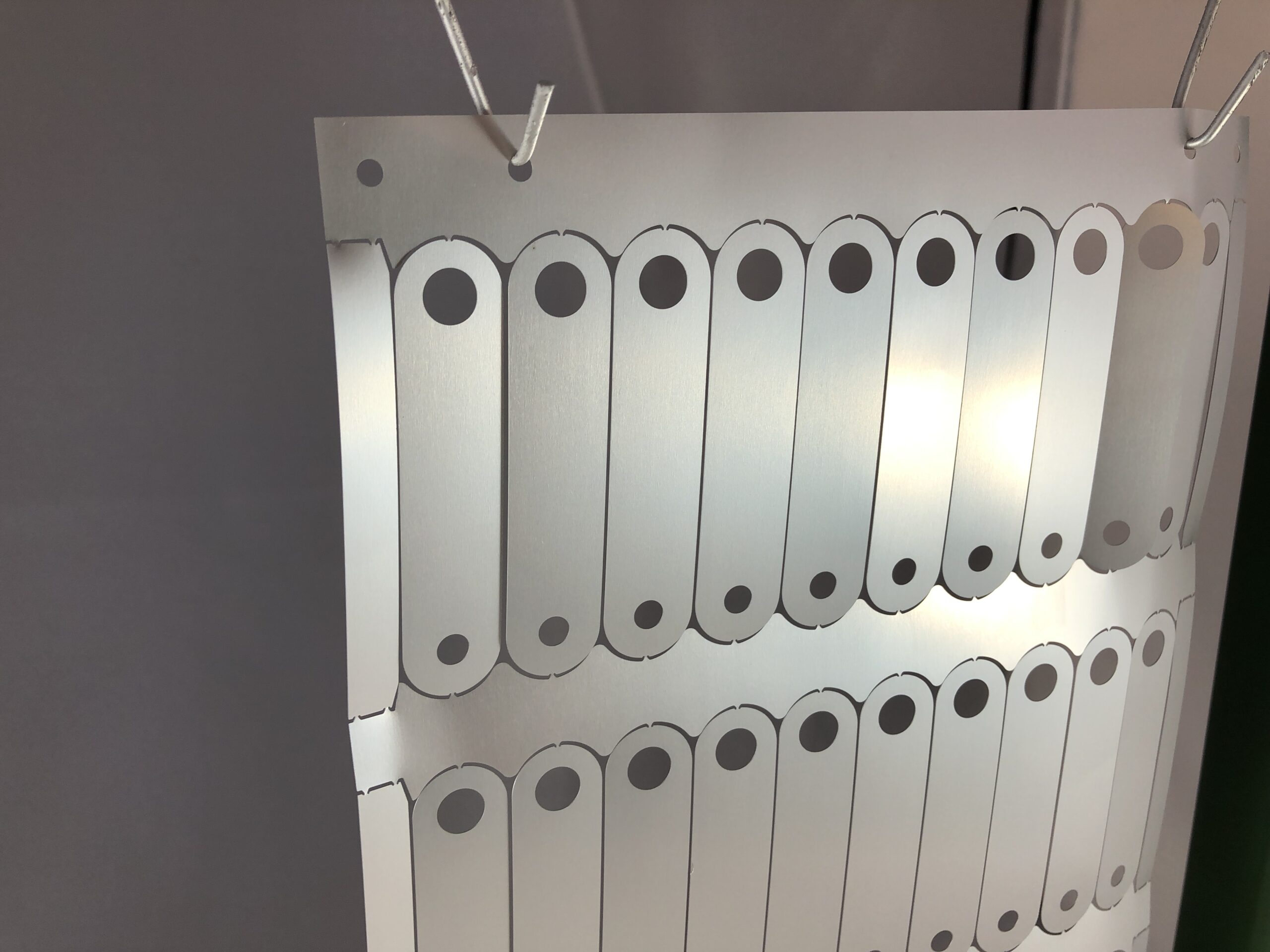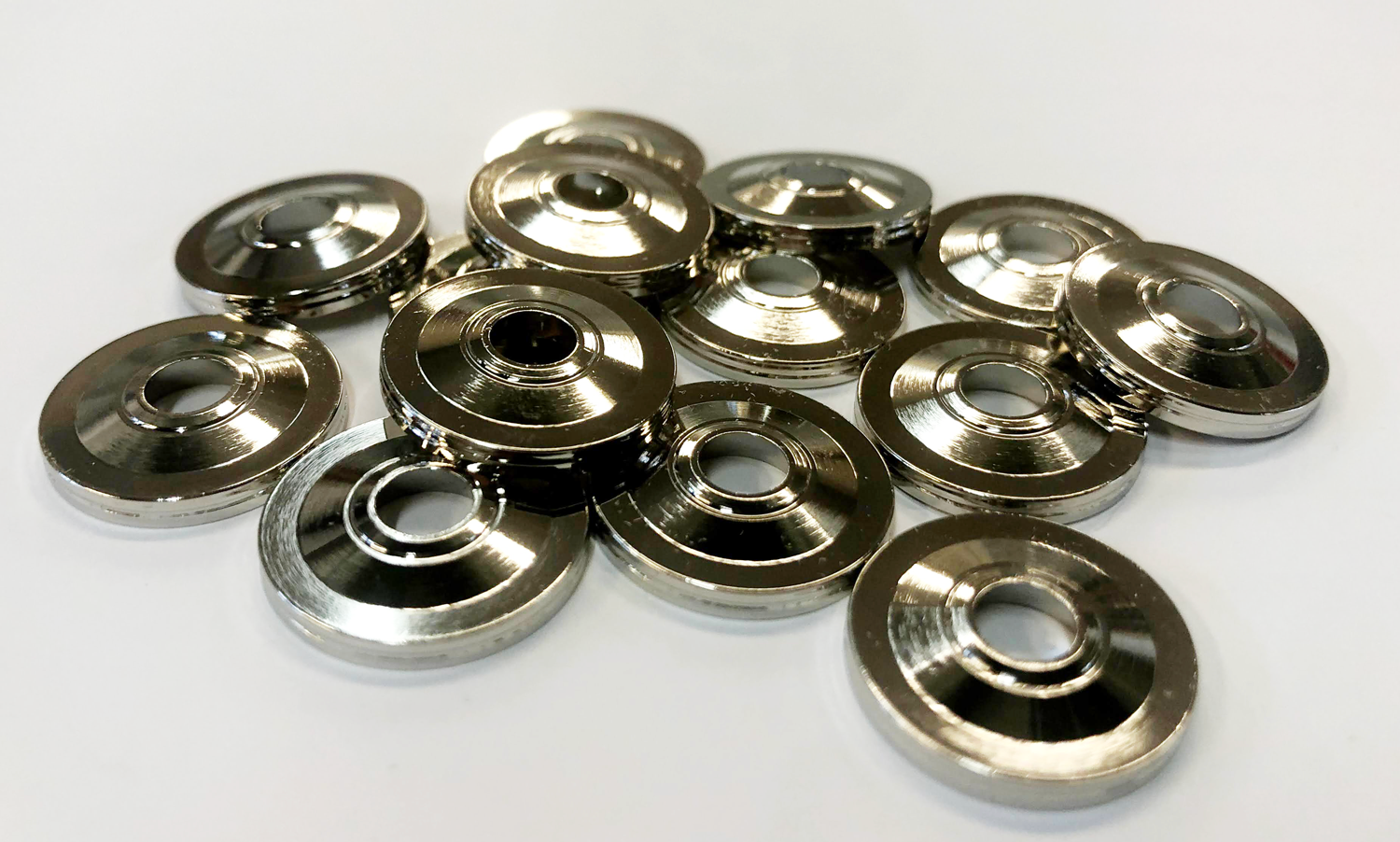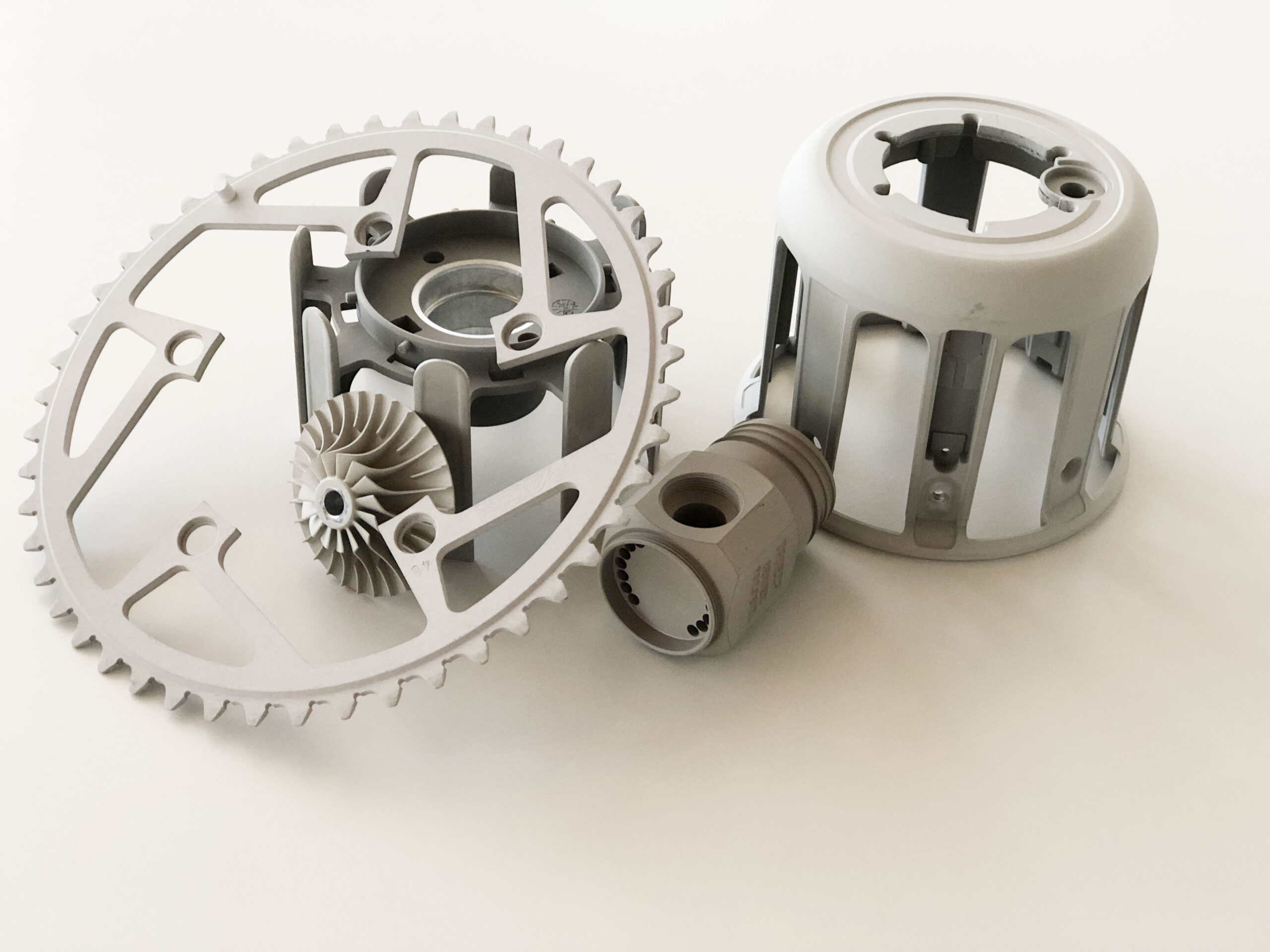
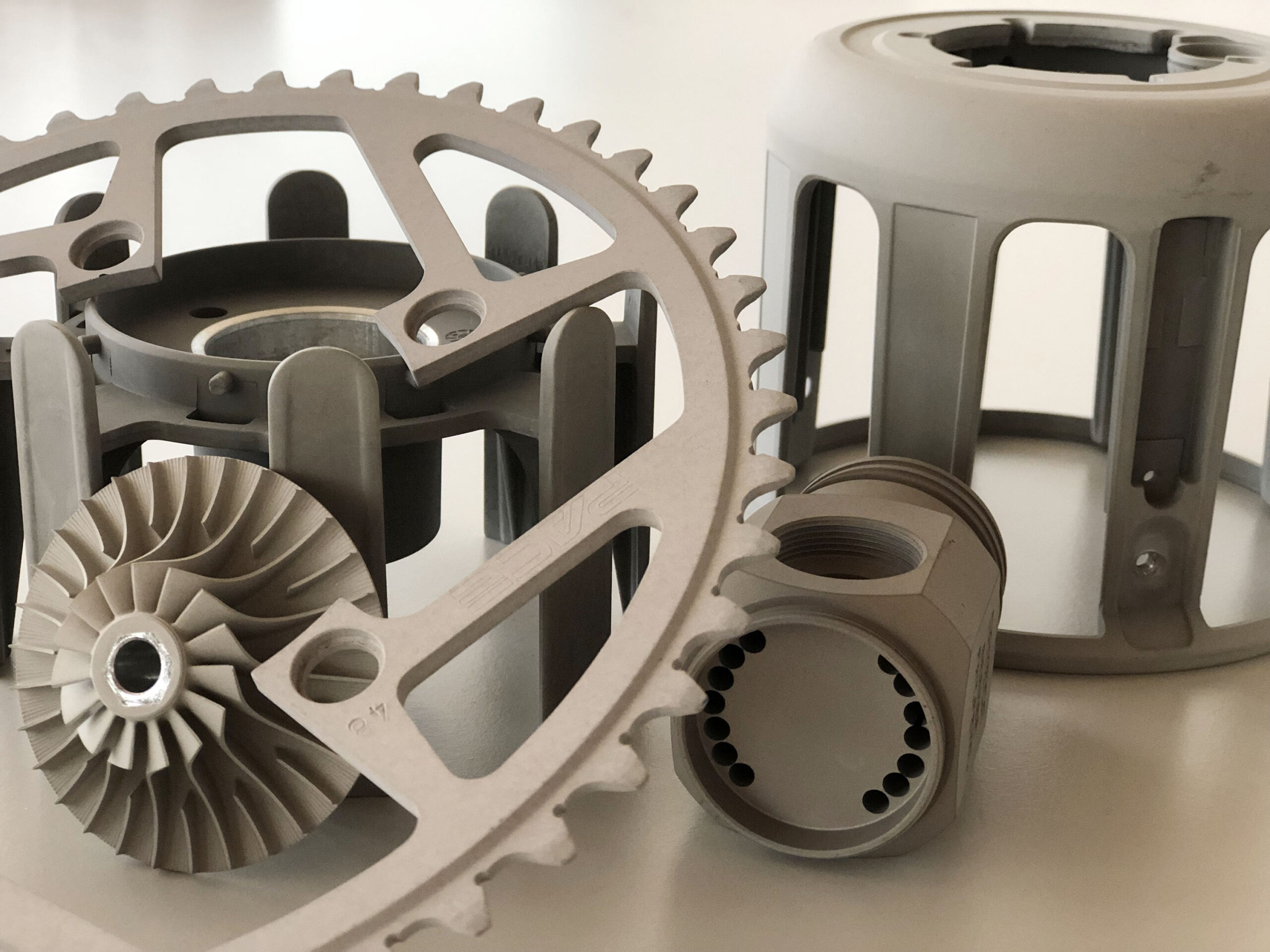
Brancher hvor Keronite med fordel anvendes
- Aerospace
- Defense
- Automotive
- Electronics
- Industrial
- Food industries
- Medical
- Industrial tooling
Surface properties
- Durable
- Corrosion
- Friction
- Adhersion
KERONITE - Shaping the future of lightweight alloy applications
What is KERONITE?
KERONITE is a unique surface treatment technology for light metal alloys. The technology, known as plasma electrolytic oxidation (PEO), transforms the surface into a hard ceramic alloy that is extremely resistant to corrosion and wear.
The process
At high current and temperature conditions, local plasma discharges are generated at the workpiece surface. This creates a hard, dense ceramic light metal oxide compound. The process is kept cool so that the item is not exposed to harmful heat effects. The Keronite coating can be optimized for the individual application – complex items can also be treated using extra electrodes. . The process forms a uniform coating.
The coating
The Keronite coating is molecularly bonded to the base metal, this ratio ensures excellent adhesion. The ceramic layer closest to the surface provides protection against corrosion and wear.
The outer ceramic layer is porous and is therefore suitable for applying durable paint or varnish. Alternatively, composite coatings can be applied.
Environmentally friendly Keronite
Keronite is an extremely environmentally friendly surface treatment technique. In contrast to several of the more traditional methods of surface treatment. The process involves no use of chromium or other heavy metals, no alkaline or acidic agents. The residual waste from the Keronite process does not require any special treatment.
Keronite Aluminium
The limiting factor for the use of aluminum has traditionally been the soft surface and lack of wear resistance. The Keronite technology solves the problem by transforming the surface into a hard and dense layer of ceramic, which not only has a high wear resistance but also protects against corrosion. Combined with Teflon (PTFE), excellent non-stick, low-friction and chemical-resistant surfaces are achieved.
Keronite Magnesium
Magnesium is 30% lighter than aluminum and 75% lighter than steel. Magnesium is fast becoming the industry’s material of choice for a variety of applications. With falling prices, increased production capacity and major quality improvements, engineers are now looking to use more and more magnesium in their designs.
The Keronite surface technology now makes it possible to use magnesium for even the most demanding tasks, by overcoming the traditional problems with magnesium such as corrosion protection, lack of durability and wear resistance.
The process is used on steel and castings to prevent adhesive wear when running in e.g. gearboxes, mechanical parts in engines, bearings etc. Manganese phosphating is best for steel with lower than 3% chromium content.


